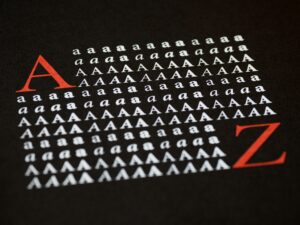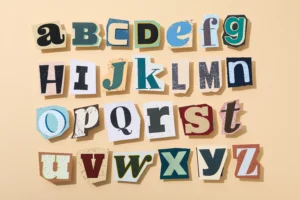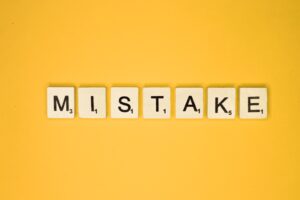
Typography plays a pivotal role in logo design, as it conveys the personality, values, and essence of a brand. Choosing the right font for a logo is not just about aesthetics; it’s about creating a lasting impression that resonates with your target audience. In this article, we’ll explore the best fonts for logos, their characteristics, and how to select the perfect typeface for your brand.
Fonts are more than just letters; they are visual representations of a brand’s identity. The right font can evoke emotions, communicate professionalism, and make a brand memorable. Here’s why fonts are crucial in logo design:

Understanding the different types of fonts is essential for choosing the right one for your logo. Here are the main categories of fonts and their characteristics:
Serif fonts are characterized by small lines or strokes attached to the ends of letters. They are often associated with tradition, reliability, and professionalism.
Sans-serif fonts lack the small strokes at the ends of letters, giving them a clean and modern appearance. They are versatile and widely used in contemporary branding.
Script fonts mimic handwriting and are often elegant and decorative. They can convey creativity, sophistication, or playfulness, depending on the style.
Display fonts are highly stylized and are designed to grab attention. They are often used for logos that need to stand out and make a bold statement.
Modern fonts are characterized by clean lines, geometric shapes, and a futuristic feel. They are ideal for brands that want to convey innovation and forward-thinking.

Selecting the perfect font for your logo requires careful consideration of your brand’s identity, target audience, and industry. Here are some steps to guide you:
Before choosing a font, clearly define your brand’s personality. Are you traditional, modern, playful, or luxurious? Your font should align with these traits.
Your font should resonate with your target audience. For example, a youthful audience might prefer bold and playful fonts, while a corporate audience might favor clean and professional typefaces.
Ensure that your chosen font is legible across different sizes and mediums. A logo that looks great on a website might not work as well on a business card or billboard.

While popular fonts like Helvetica and Times New Roman are timeless, they are also overused. Consider unique or custom fonts to make your logo stand out.
If your logo includes multiple fonts, ensure they complement each other. For example, pair a bold display font with a simple sans-serif font for balance.

Let’s take a look at some iconic logos and the fonts that make them memorable:
The Coca-Cola logo uses a custom script font that exudes warmth, nostalgia, and timelessness. It’s a perfect example of how a font can become synonymous with a brand.
Google’s logo features a simple sans-serif font (Product Sans) that reflects the brand’s clean, modern, and approachable identity.
The Disney logo uses a custom script font that captures the magic and whimsy of the brand. It’s playful yet elegant, making it instantly recognizable.
IBM’s logo features a bold, slab-serif font that conveys strength, reliability, and innovation. It’s a great example of how serif fonts can work for tech brands.

While selecting a font for your logo, avoid these common pitfalls:
Choosing the best font for your logo is a critical step in building a strong brand identity. By understanding the different types of fonts, considering your brand’s personality, and avoiding common mistakes, you can create a logo that stands out and resonates with your audience. Remember, the right font is not just about aesthetics—it’s about telling your brand’s story in a way that is both visually appealing and meaningful.
Whether you opt for a classic serif, a modern sans-serif, or a playful script, the key is to ensure that your font aligns with your brand’s values and goals. Take inspiration from iconic logos, but don’t be afraid to experiment and create something uniquely yours. After all, your logo is the face of your brand, and the right font can make all the difference.
Q: Can I use free fonts for my logo?
A: Yes, there are many high-quality free fonts available. However, ensure they are licensed for commercial use and align with your brand identity.
Q: Should I use custom fonts for my logo?
A: Custom fonts can make your logo unique, but they can also be expensive. Consider your budget and branding needs before making a decision.
Q: How do I know if a font is overused?
A: Research popular fonts in your industry and avoid those that appear frequently. Tools like Font Squirrel and Google Fonts can help you discover less common options.
Q: Can I change my logo font later?
A: While it’s possible, frequent changes can confuse your audience. It’s best to choose a timeless font that will remain relevant for years to come.